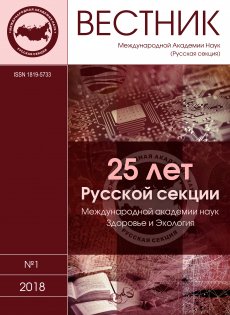FRANZ HALBERG: A MAVERICK AHEAD OF HIS TIME
Germaine Cornelissen
Abstract
Franz Halberg (1919 – 2013) was a remarkable man and an exceptional scientist. He is regarded by most as the “father” of modern chronobiology. Having realized the critical importance and far-reaching implications of biological rhythms, he undertook the tasks of (a) documenting their ubiquity at all levels of organization; (b) developing methods for their objective and quantitative characterization; (c) uncovering their rules of behavior and mapping a broad time structure of interacting multifrequency rhythms; (d) providing the nomenclature; and (e) paving the way for important applications in medicine and biology more generally. By adding “time” to the existing body of knowledge, Halberg raised the homeostatic curtain of ignorance, thereby fundamentally changing our view of physiology. By insisting on an inferential statistical foundation, a microscopy in time was born. By adding a telescopy in time with a methodical scrutiny of non-photic and environmental influences on biota, chronomics flourished under his leadership. Herein, we review key ideas that led Halberg to build the new disciplines of chronobiology and chronomics.
Language: english
Summary
Germaine Cornelissen
FRANZ HALBERG: A MAVERICK AHEAD OF HIS TIME // Electronic periodical “Herald of the International Academy of Sciences. Russian Section”, 2018. Issue #1: 78—84
